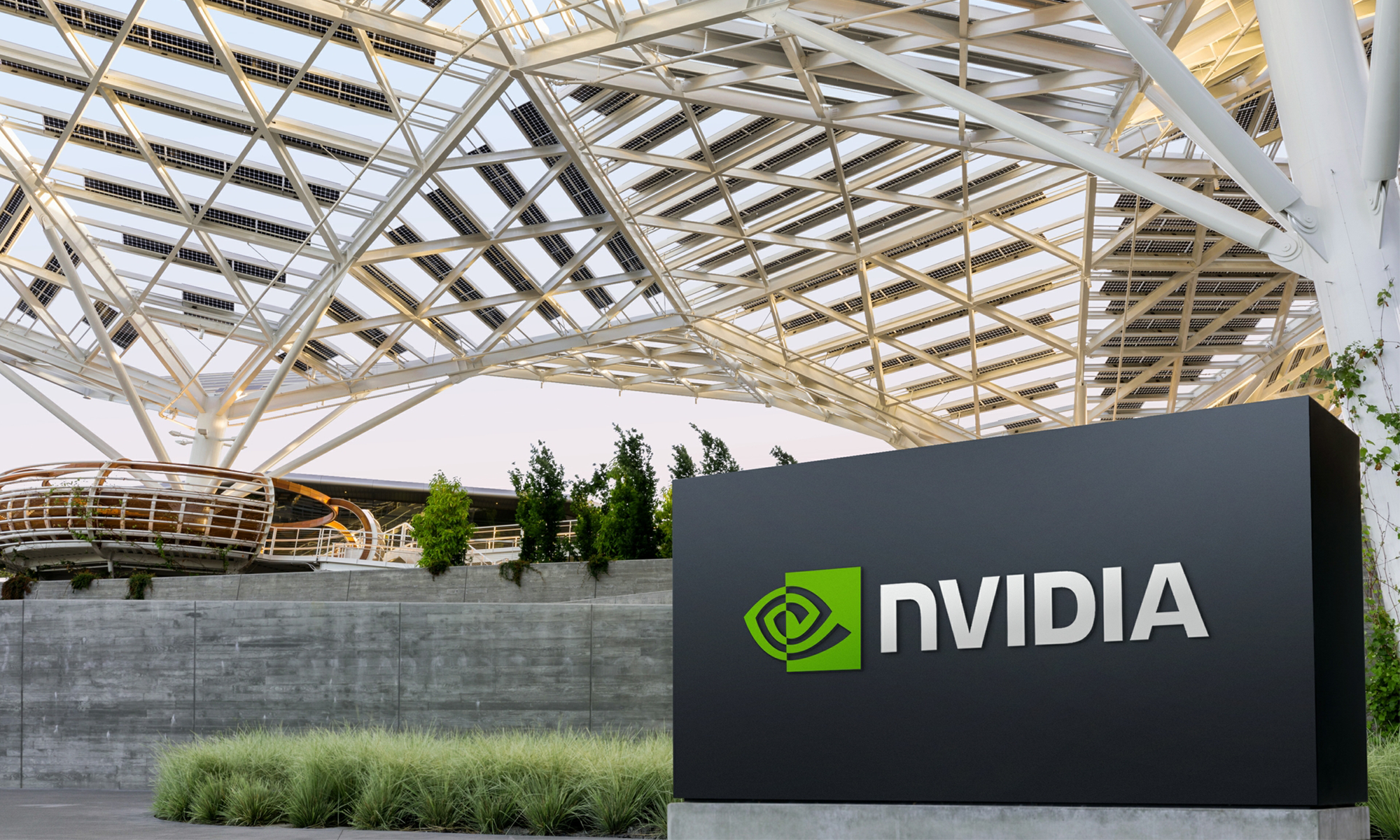Make no mistake, investors love revenue growth, and investing in companies that are growing their top lines quickly can be quite rewarding.
Nvidia (NVDA +0.70%), Advanced Micro Devices (AMD 1.59%), Taiwan Semiconductor Manufacturing (TSM 1.47%), Palantir Technologies (PLTR 0.17%), and SoundHound AI (SOUN 7.38%) have all been achieving revenue growth of 30% or more recently, and they're all among the best stocks to buy right now.
Let's take a closer look.

Image source: Getty Images
Nvidia

NASDAQ: NVDA
Key Data Points
Nvidia has delivered explosive revenue growth over the past few years and there are no signs of that letting up. In its fiscal 2026 first quarter, the company grew revenue by 69% year over year to $44.1 billion as data center revenue soared by 73% to $39.1 billion. Even more impressively, the company's data center sales were up by more than 800% compared to its fiscal 2024 first quarter, when they were just $4.3 billion.
The chipmaker's growth is being powered by the artificial intelligence (AI) infrastructure build-out. Its graphics processing units (GPUs) have become the most widely used chips for providing the parallel processing muscle that AI model training and inference require.
However, the company's CUDA software platform -- which allows developers to program its GPUs for specific tasks and increase processing speeds -- has provided another wide moat around its business.
Nvidia's previous efforts led to many developers integrating CUDA into early high-performance computing work, and the company later built a collection of tools and libraries to help enhance the performance of its chips for these tasks. But the platform and its tools can only be used with Nvidia chips, which has helped the company preserve its dominant market share in the GPU space and continues to set it up for strong growth ahead.
Advanced Micro Devices

NASDAQ: AMD
Key Data Points
While AMD is a distant second to Nvidia in the GPU market, it nonetheless has been seeing strong sales growth. Last quarter, AMD's revenue jumped 36% year over year to $7.4 billion, while its data center revenue climbed 57% to $3.7 billion.
The company has established itself as a leading maker of central processing units (CPUs) for data centers, and it has been taking market share in that niche. Meanwhile, it has been carving out a niche for its GPUs in the AI inference market. In its most recent quarterly report, AMD noted that one of the largest AI model companies was handling a significant portion of its daily inference traffic using AMD's chips.
This is important for AMD, as the AI inference market is predicted to grow to a much larger size than the AI model training segment. Inference is not as technically demanding as training, and chip costs come much more into play, which helps negate some of Nvidia's CUDA advantage. This opens the door for AMD to take some GPU market share in the future.
Taiwan Semiconductor Manufacturing

NYSE: TSM
Key Data Points
While Nvidia and AMD design the chips that are helping power the AI revolution, Taiwan Semiconductor Manufacturing is the company that physically produces most of them. This has led to tremendous growth for TSMC: Its revenue jumped by 35% year over year in Q1 to $25.5 billion.
The AI infrastructure build-out has been the biggest driver of TSMC's growth recently as it continues to increase manufacturing capacity to meet surging demand. Last quarter, high-performance computing accounted for 59% of its revenue.
Because its operations are integral to the high-end chip space -- the company has the greatest technical expertise and scale of any foundry -- it has also been able to raise prices. This has resulted in solid gross margin improvements, including a 190 basis point increase last quarter to 58.8%.
TSMC's position as an invaluable part of the semiconductor supply chain sets it up for continued strong growth in the years ahead. Best of all, it won't matter which chip designers come out on top -- it'll be a winner regardless.
Palantir

NASDAQ: PLTR
Key Data Points
Palantir's revenue growth has been accelerating in recent quarters, culminating in a 39% jump in Q1 to $883.9 million. A large share of that growth is coming from its U.S. commercial segment as businesses adopt the Palantir Artificial Intelligence Platform (AIP) as a tool to solve real-world problems.
Meanwhile, the company is also seeing strong sales growth with its largest customer, the U.S. government. In Q1, its U.S. commercial segment revenue surged 71% to $244 million, while its U.S. government revenue climbed 45% to $373 million.
The exciting thing about Palantir is that it's quickly adding commercial customers. This has the potential to be a big growth driver as these customers expand their use of the company's solutions over time.
In addition, AIP is being used to solve a wide array of problems across industries, from helping monitor sepsis in hospitals to underwriting insurance. The huge number of use cases to which AIP can be applied represents a huge opportunity for Palantir, which should lead to years of strong revenue growth ahead.
SoundHound AI

NASDAQ: SOUN
Key Data Points
SoundHound AI is currently in hypergrowth mode: Its revenue has climbed by 50% or more year over year in each of the past seven quarters. Last quarter, its revenue surged by a whopping 151% to $29.1 million.
The company has made strong inroads with customers in the automotive industry and is beginning to benefit as carmakers shift away from partnering with big tech companies for their in-vehicle voice-recognition technology. SoundHound AI also continues to make progress in the restaurant space, while its recent acquisition of Amelia has given it strong positions in other verticals such as healthcare, financial services, and retail.
While its revenue growth has already been surging, the company's biggest opportunity ahead lies in agentic AI. It recently launched its Amelia 7.0 platform, which includes AI agents that can perform tasks without the need for human intervention. If SoundHound AI can use this as a launchpad toward becoming more widely used as the voice layer of agentic AI, then it should continue to see strong revenue growth for many years.





